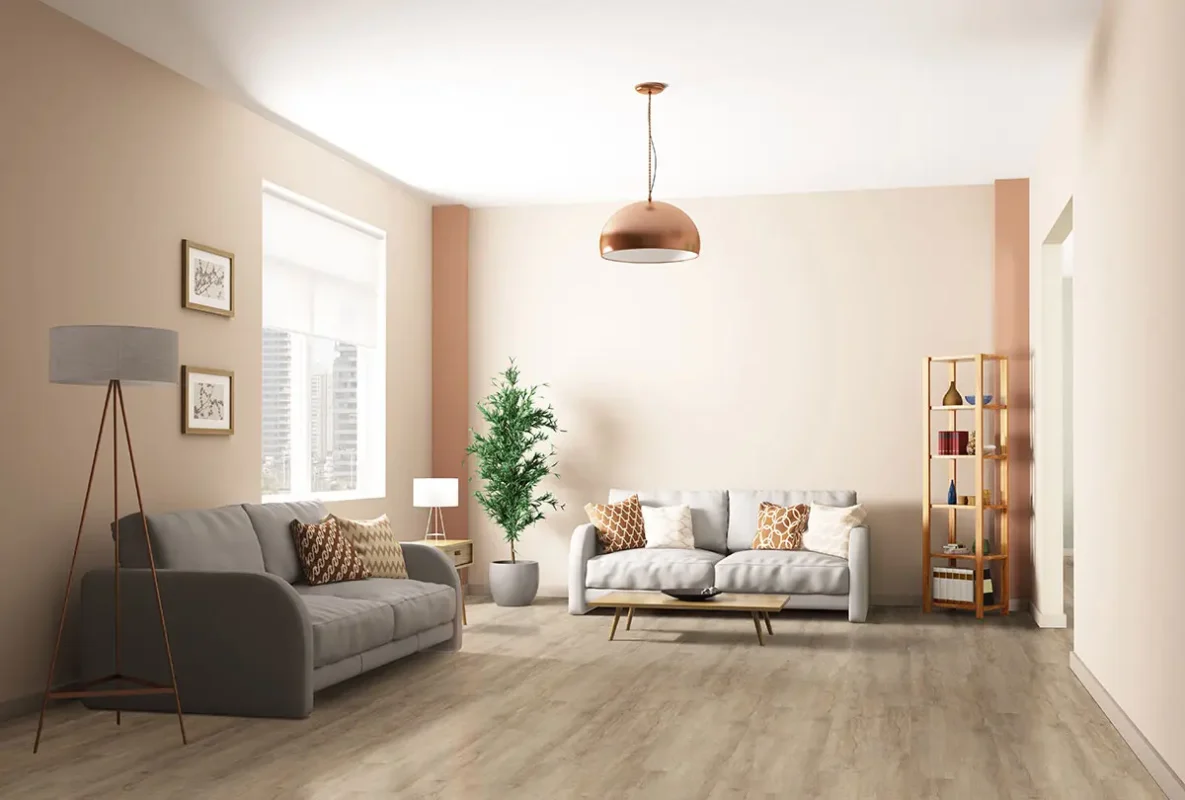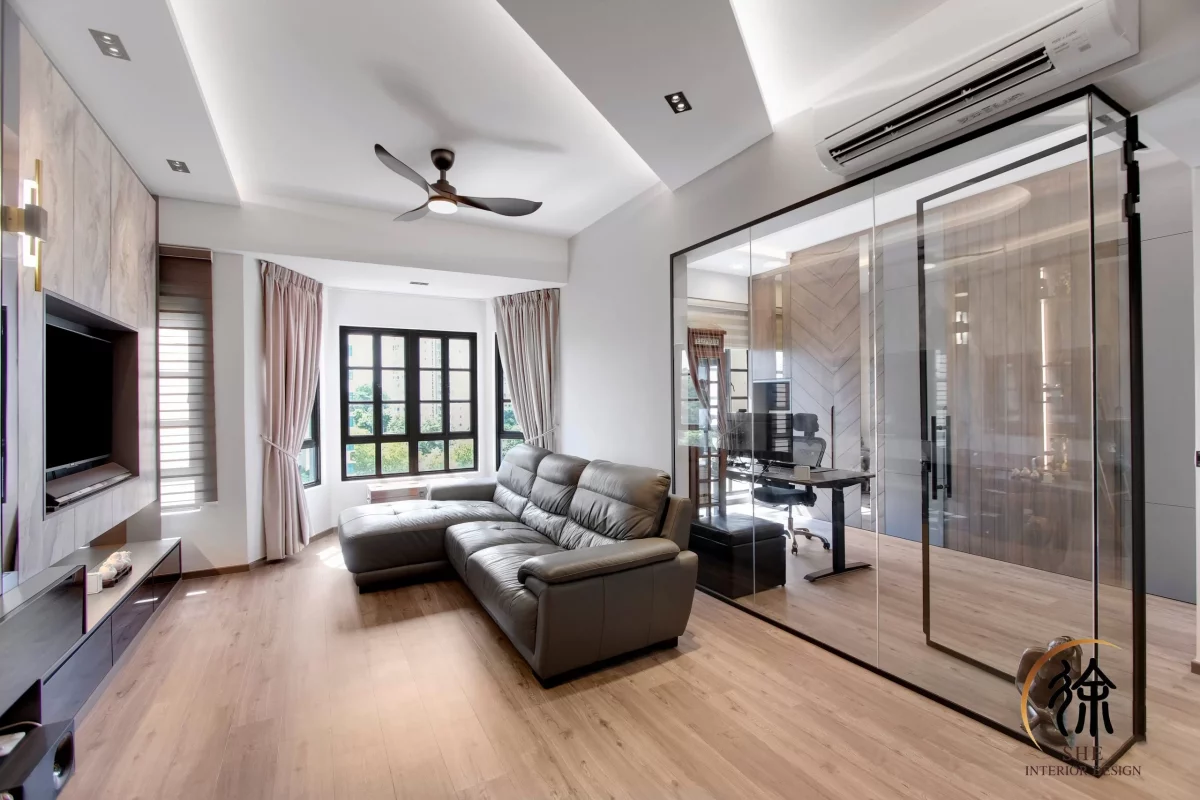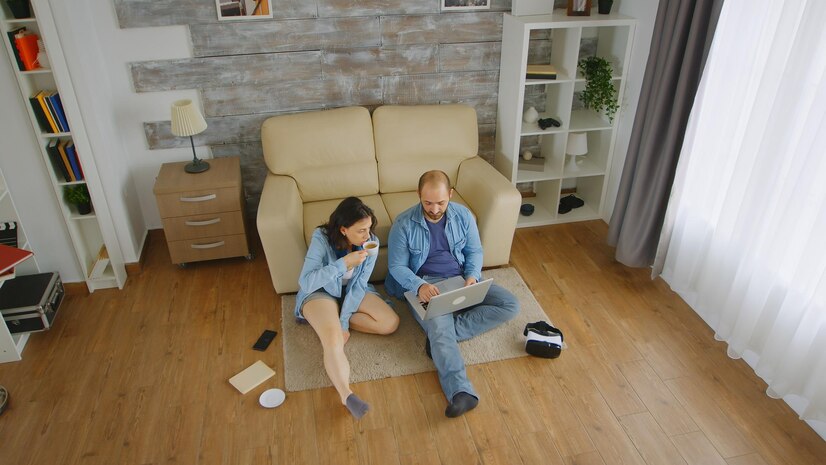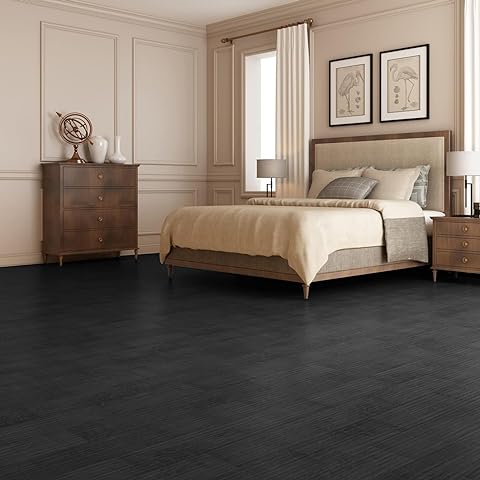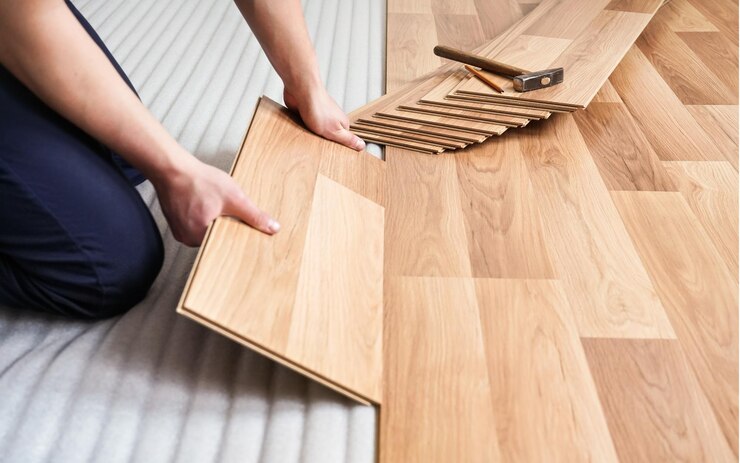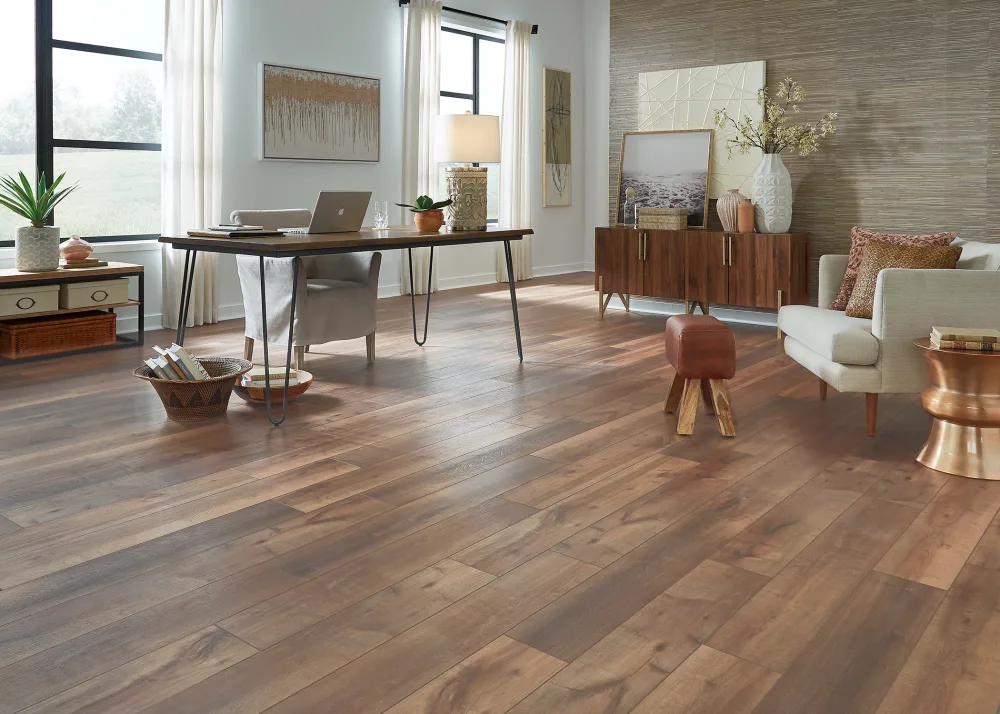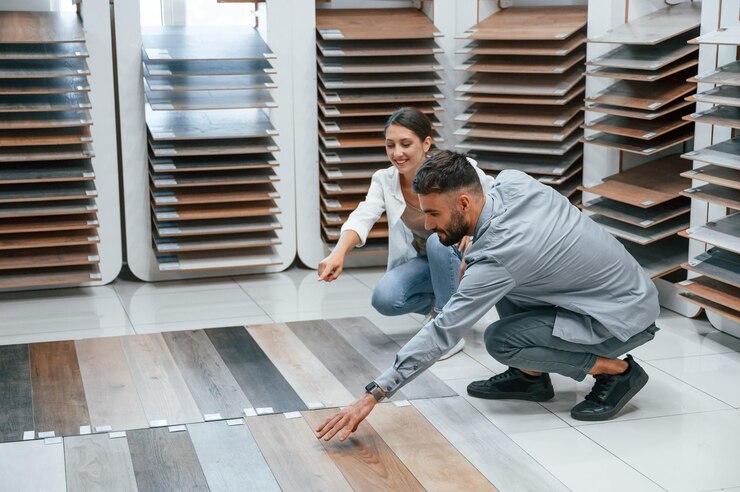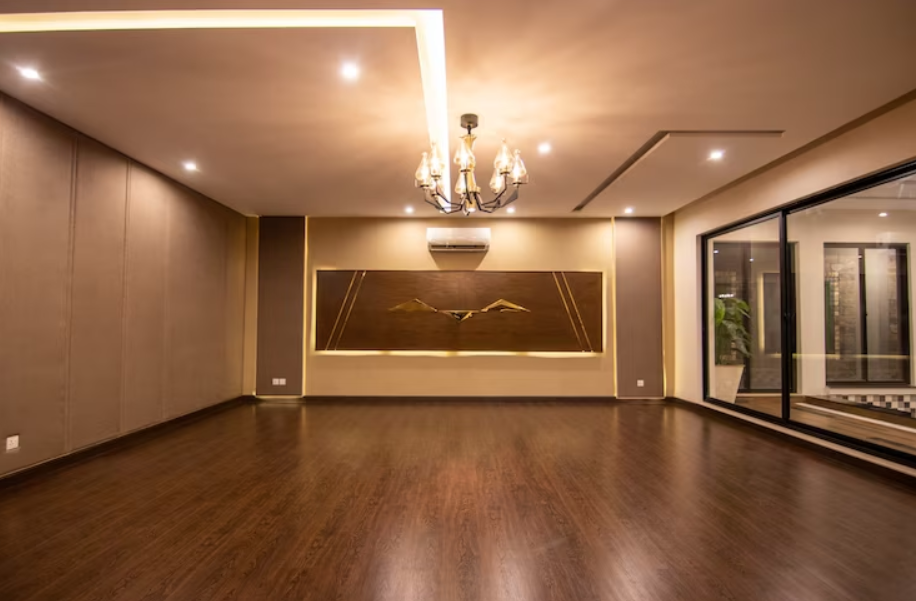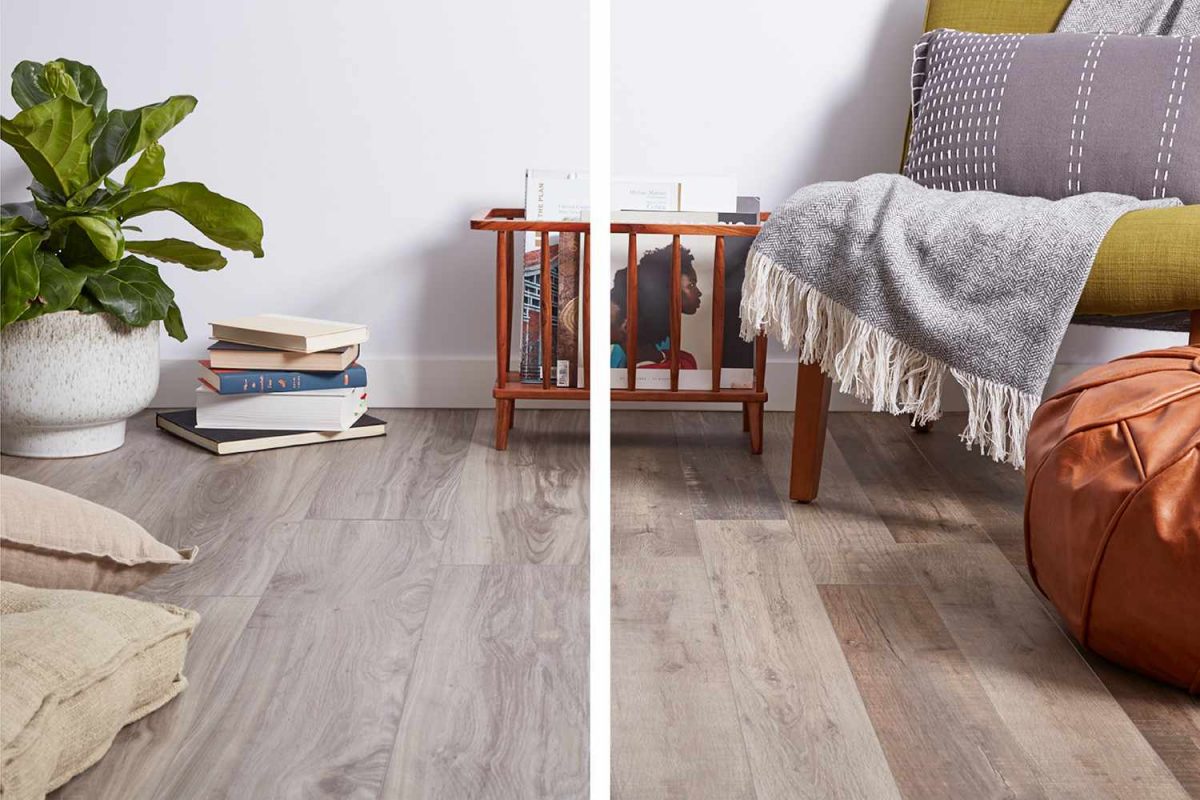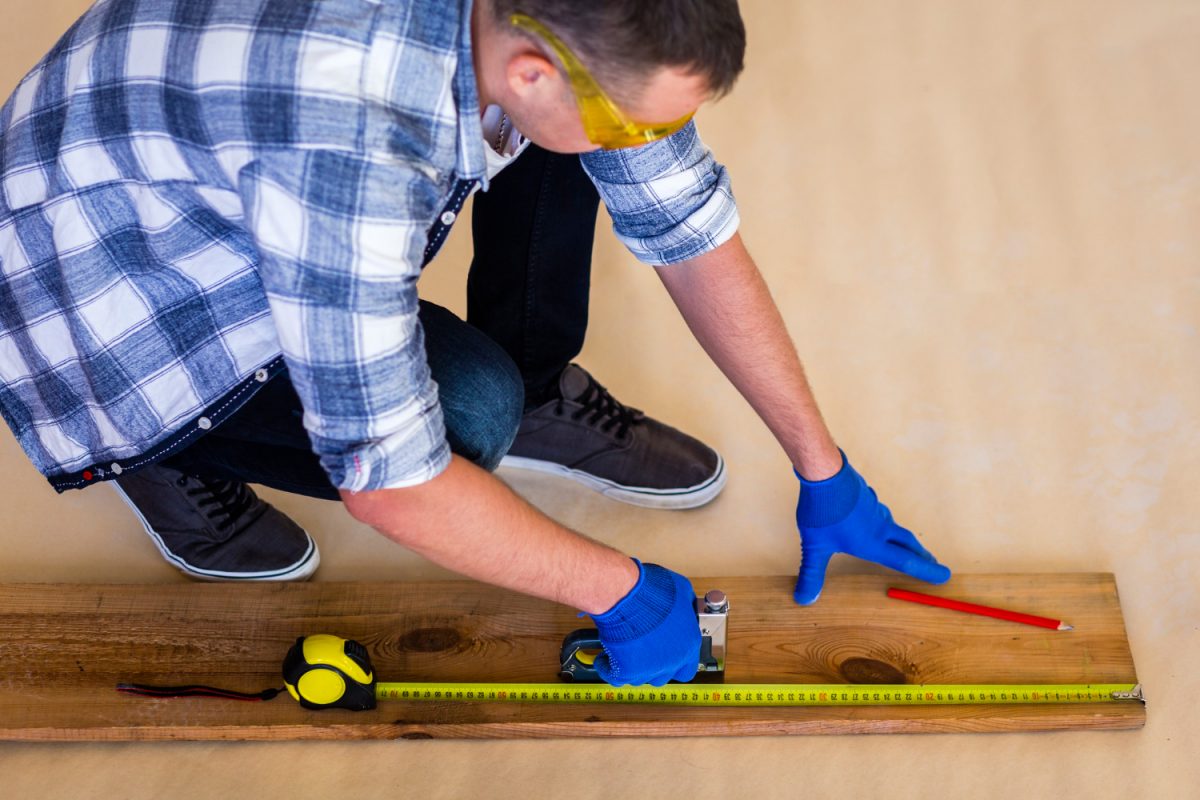Laminate flooring is a popular choice for homeowners due to its affordability, durability, and ease of maintenance. While it may not require the same level of care as hardwood or natural stone, it’s essential to know how to properly Maintain Laminate Flooring with Expert Care to ensure it remains in top condition for many years. In this comprehensive guide, we’ll walk you through expert care techniques to keep your laminate flooring looking pristine.
Understand Your Laminate Flooring
Before diving into the maintenance procedures, it’s essential to understand the structure of laminate flooring. Laminate flooring consists of several layers, including a wear layer, a design layer, a core layer, and a backing layer. The wear layer is a transparent, protective layer that shields the design layer, which features a high-resolution image of wood, tile, or stone. The core layer provides structural integrity, and the backing layer serves as a moisture barrier.
Knowing the structure of your laminate flooring will help you better care for it because different layers require different types of care.
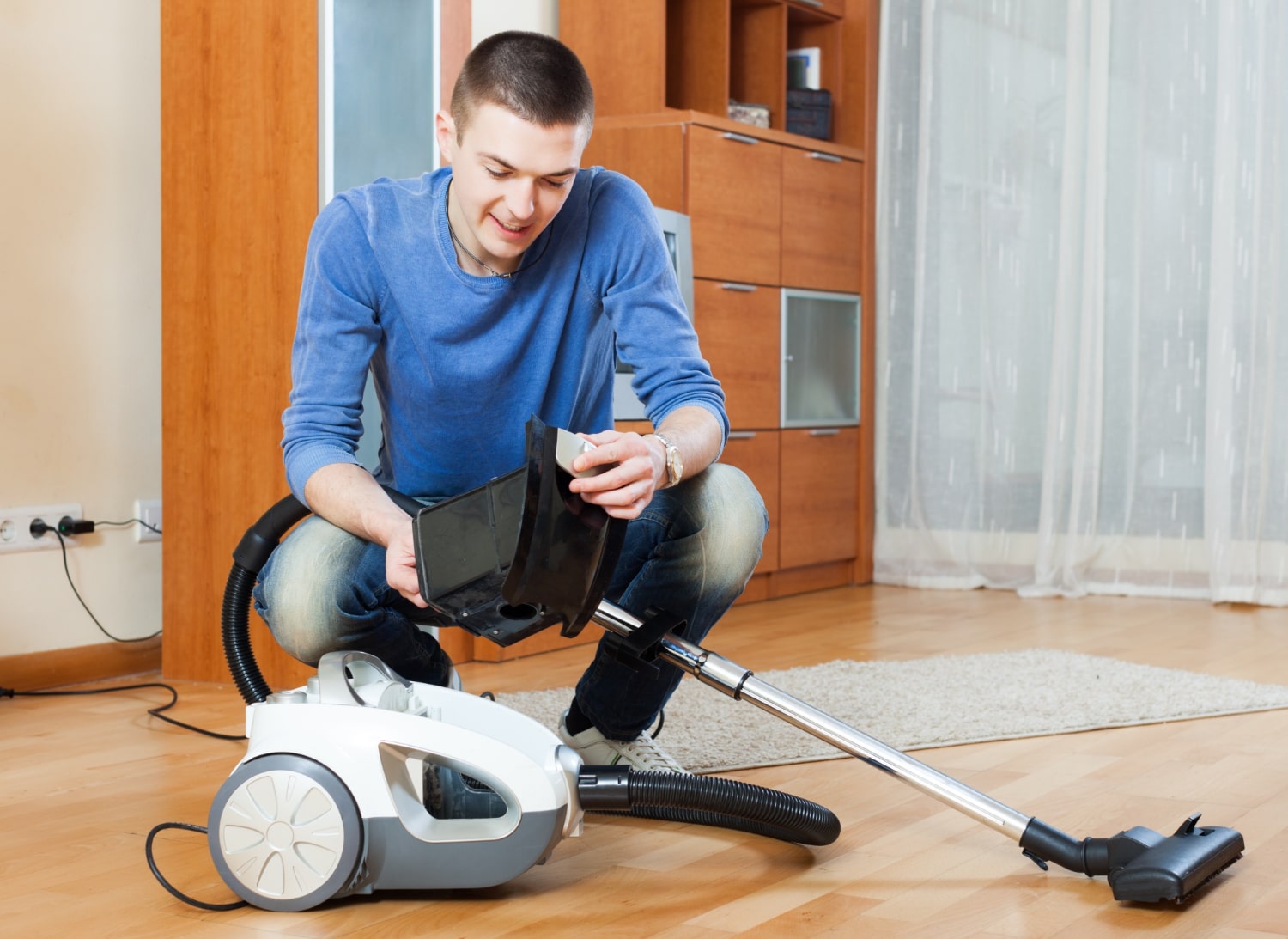
Daily and Routine Maintenance
- Sweep or Vacuum Regularly: Dust, dirt, and debris can scratch the surface of your laminate flooring over time. To prevent this, sweep or vacuum the floor regularly using a soft-bristle broom or a vacuum cleaner with a brush attachment.
- Use a Microfiber Mop: To remove any remaining dust or pet hair, use a microfiber mop. Microfiber is gentle on laminate surfaces and effectively traps particles without scratching the floor.
- Damp Mop Sparingly: While laminate flooring is generally moisture-resistant, it’s crucial to avoid excessive moisture. Use a well-wrung-out damp mop occasionally for a deeper clean. Be sure to dry the floor immediately after mopping.
Preventive Measures
- Use Entry Mats: Placing entry mats at exterior doors helps prevent dirt and moisture from being tracked onto your laminate flooring. This simple step can significantly extend the life of your flooring.
- Furniture Pads: Attach felt or rubber pads to the legs of your furniture to prevent them from scratching or denting the laminate surface.
- Trim Pet Nails: If you have pets, keep their nails trimmed to prevent scratches.
- Avoid Excessive Sunlight: Prolonged exposure to direct sunlight can cause fading and discoloration in laminate flooring. Use curtains or blinds to protect your floors from UV rays.
Handling Spills and Stains
- Act Quickly: Spills happen. When they do, act promptly to prevent any liquid from seeping into the seams of your laminate flooring. Wipe up spills with a clean, dry cloth or paper towel.
- Spot Cleaning: For more stubborn stains, use a laminate floor cleaner or a mixture of white vinegar and water (1:1 ratio). Apply the solution to a cloth, not directly to the floor, and gently rub the stained area. Wipe the area with a clean, damp cloth and dry thoroughly.
- Avoid Harsh Chemicals: Do not use abrasive or harsh chemical cleaners, as they can damage the protective wear layer of the laminate.
Deep Cleaning
- Periodic Deep Cleaning: Despite regular maintenance, your laminate flooring may require a more thorough cleaning from time to time. Consider deep cleaning at least once a month, depending on traffic and use.
- Laminate-Specific Cleaners: Use a laminate-specific cleaner or a mixture of warm water and a mild, pH-neutral detergent. Apply it with a mop or a microfiber cloth, but ensure it’s only slightly damp, not soaking wet.
- Steam Mops: Be cautious when using steam mops, as excessive moisture can damage the seams and edges of laminate flooring. If you opt for a steam mop, keep it on the lowest setting and quickly dry the floor with a dry cloth.
Repairing Minor Damage
- Chips and Scratches: For minor chips and scratches, use laminate floor repair kits. These kits typically include wax sticks that you can melt into the damaged area, making it less noticeable.
- Replacing Boards: If a section of your laminate flooring is severely damaged, you can replace individual boards. It’s essential to keep some extra boards from your initial installation for this purpose.
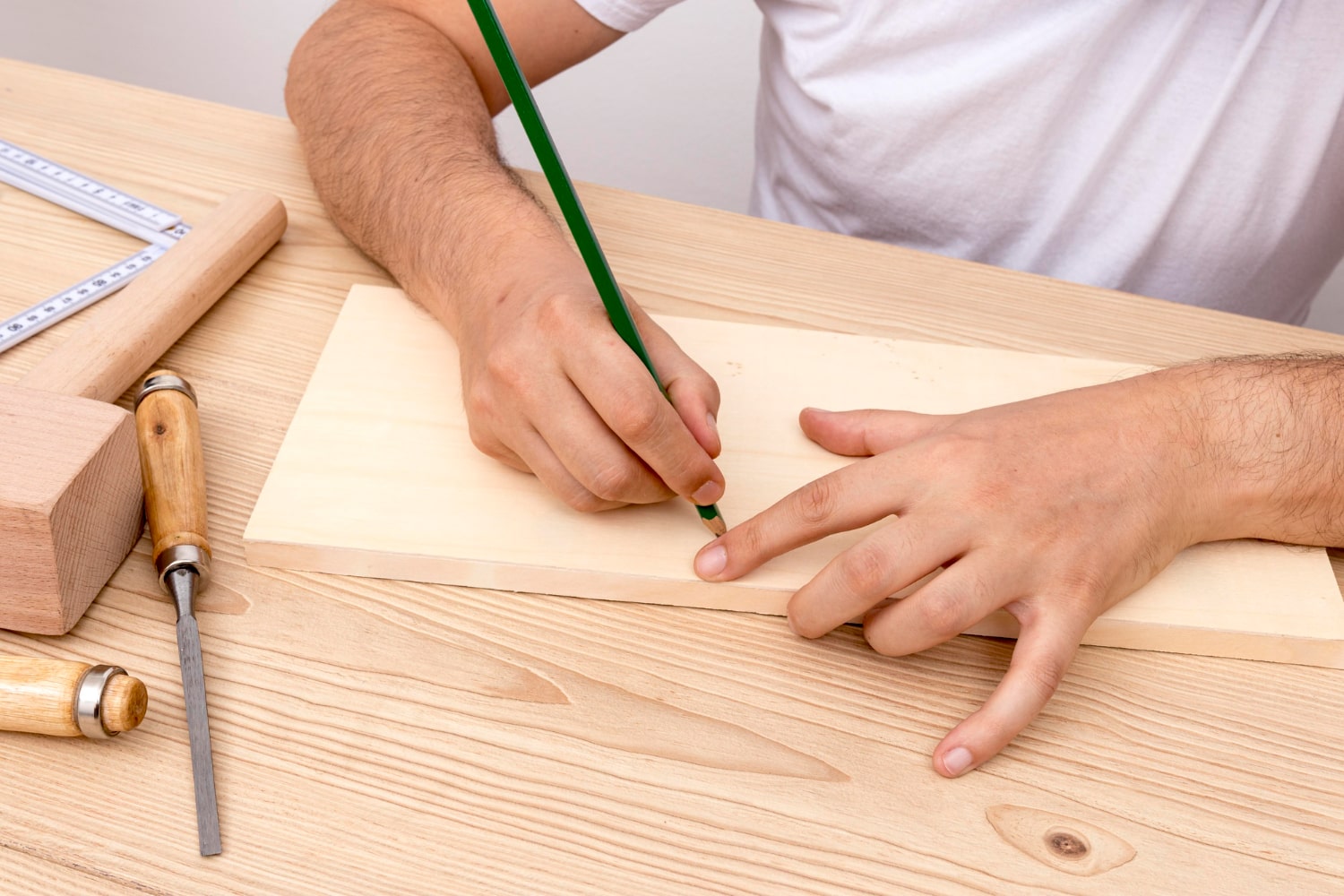
Maintenance Tips for Different Laminate Types
- High Gloss Laminate: High-gloss laminate flooring requires extra care to maintain its shine. Avoid abrasive cleaners and mop with a damp microfiber mop to prevent streaking.
- Textured Laminate: Textured laminate floors can trap dirt in their grooves. Use a soft brush attachment on your vacuum to ensure dirt and debris are removed from these textured areas.
- Water-Resistant Laminate: Water-resistant laminate flooring is more forgiving with moisture. However, it’s still essential to clean up spills promptly and ensure no standing water remains on the floor.
Laminate Flooring Don’ts
- Do Not Wax or Polish: Laminate floors do not require wax or polish. These products can make the floor surface slippery and may cause damage.
- Avoid Harsh Tools: Never use abrasive tools like steel wool or scouring pads on laminate flooring. They can scratch and damage the surface.
- Say No to Excessive Water: Laminate flooring is not designed to withstand standing water. Avoid using excessive water or soaking the floor during cleaning.
- Skip the Vinegar and Ammonia: While vinegar and ammonia may work for some cleaning purposes, they are not suitable for laminate flooring. They can damage the protective layer.
Professional Maintenance
- Annual Inspection: Consider having your laminate flooring professionally inspected annually, especially if it’s under warranty. This can help identify any potential issues before they become major problems.
- Professional Cleaning: For in-depth cleaning and maintenance, you can hire professional floor cleaners who have experience with laminate flooring. They can use specialized equipment and cleaning products to revitalize your floors.
When to Consider Replacement
Laminate flooring is durable, but it has a limited lifespan. If you notice significant damage, warping, or if it’s simply outdated, you may want to consider replacing it. The good news is that laminate flooring is relatively easy to remove and replace, thanks to its click-and-lock installation system.
Conclusion – Maintain Laminate Flooring with Expert Care
With the right care and maintenance, your laminate flooring can remain beautiful and durable for many years. Regular cleaning, preventive measures, and knowing how to address spills and minor damage are essential aspects of keeping your Maintain Laminate Flooring with Expert Care in top condition. By following the expert care guidelines outlined in this comprehensive guide, you can enjoy the aesthetic appeal and practicality of laminate flooring for a long time, making it a cost-effective and attractive choice for any home.



